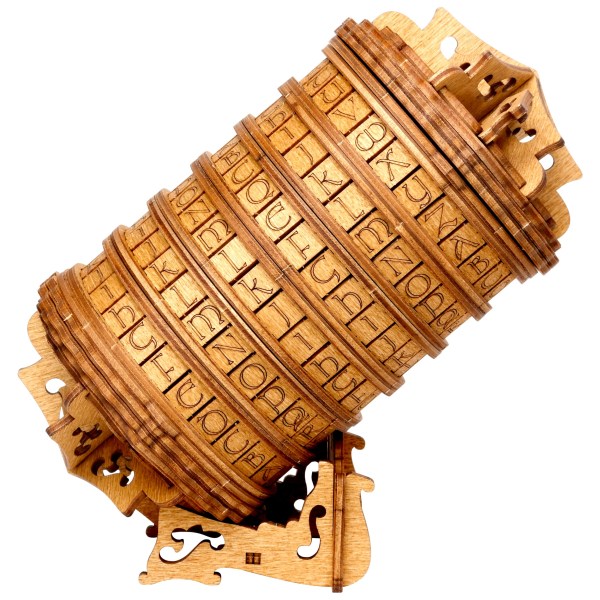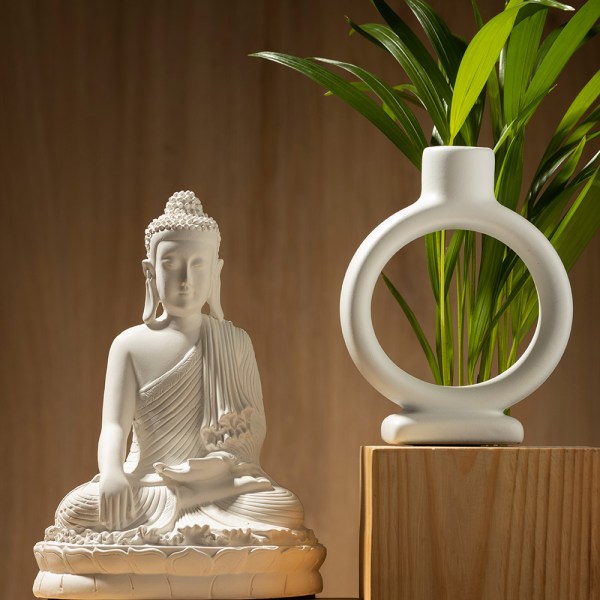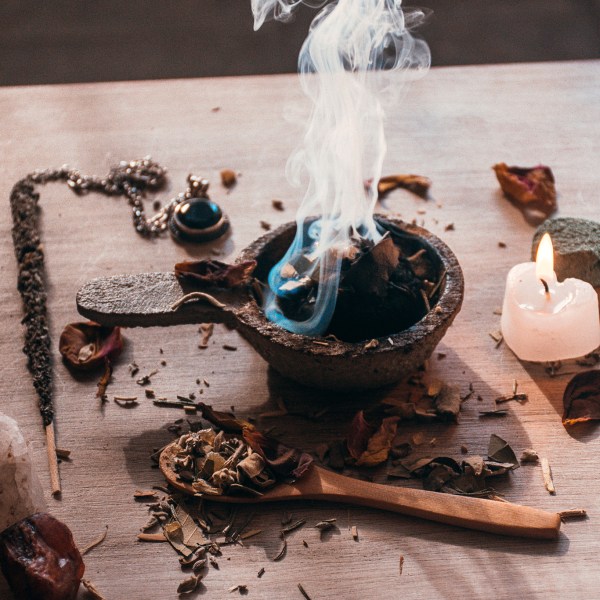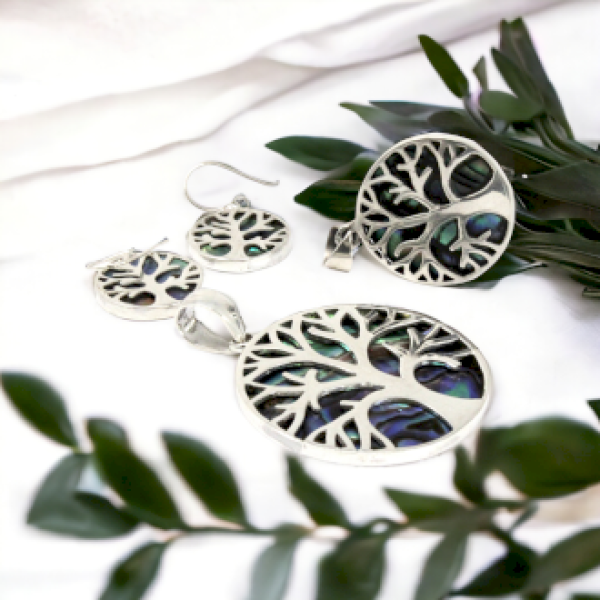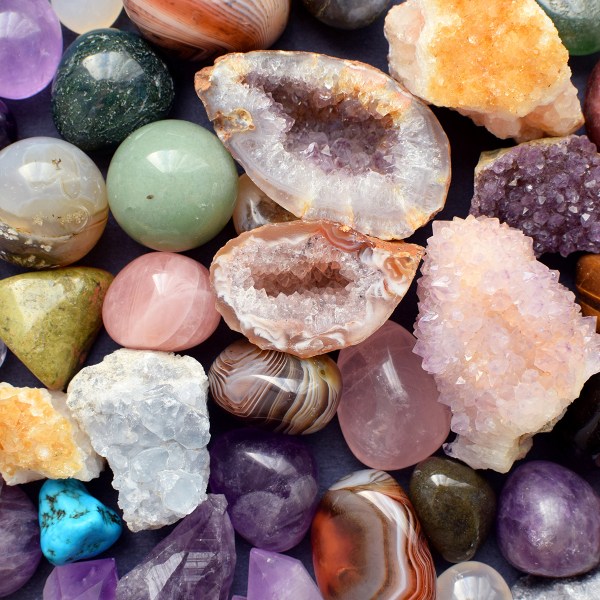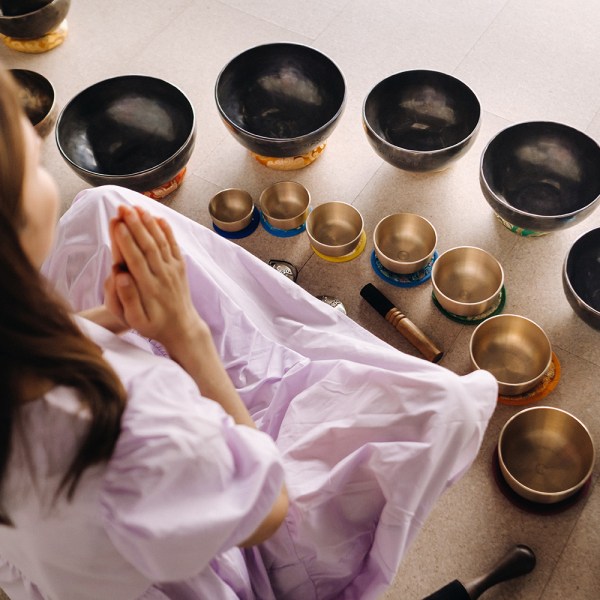The Meaning, Origin, and Symbolism of the Vajra: The Symbol of the Diamond Path in Buddhism
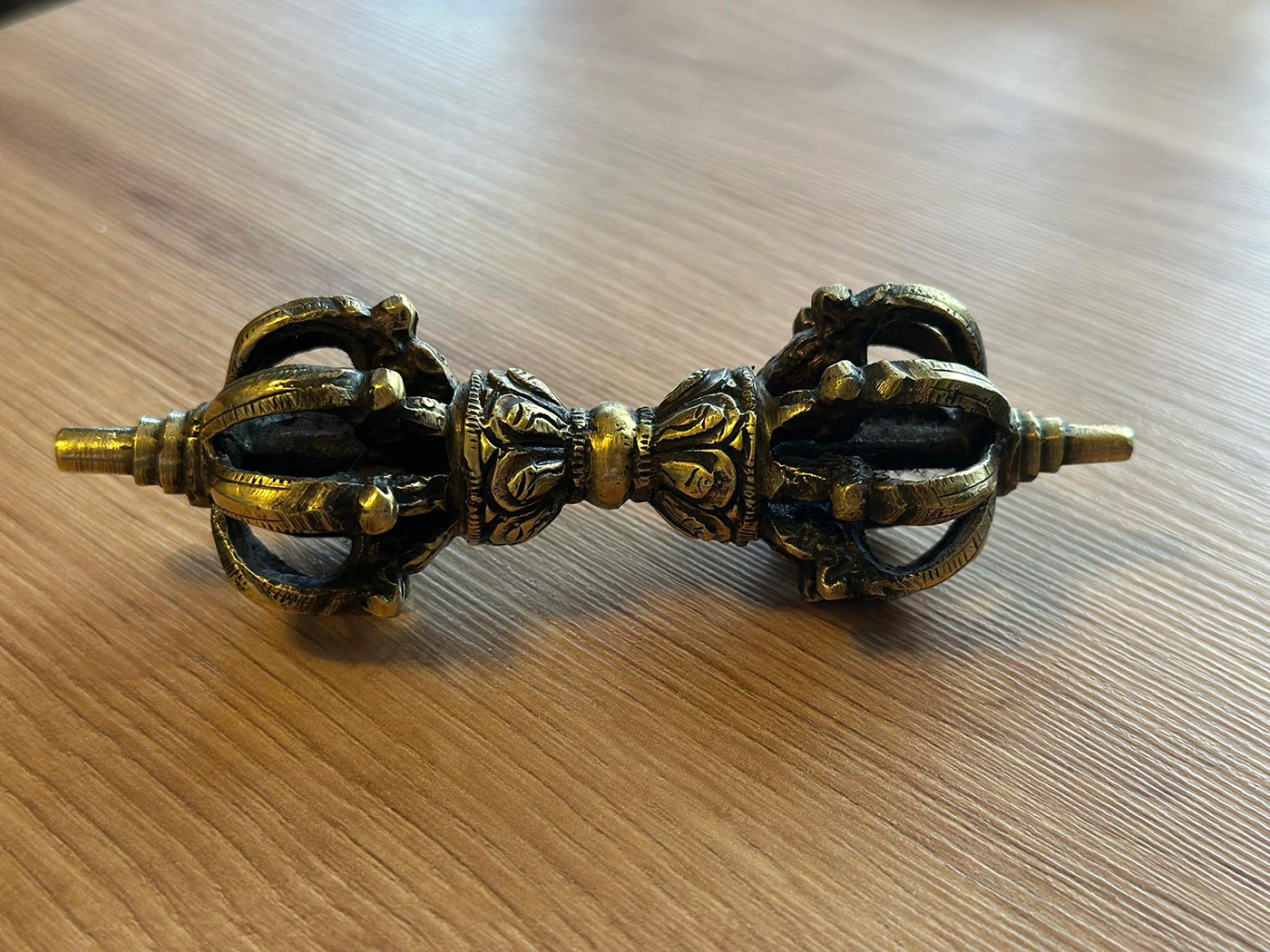
The article provides a detailed exploration of the origin, symbolism, and role of the vajra in Buddhism. It covers Vedic and Tantric traditions, as well as modern applications. As a symbol, the vajra represents indestructibility and enlightenment.
Table of Contents
- Introduction
- Origin and History of the Vajra
- Meaning and Symbolism of the Vajra
- The Use and Significance of the Vajra in Practice
- Special Forms and Applications of the Vajra
- Conclusion
Introduction
The vajra, known as dorje in Tibetan, is one of the most important and well-known symbols in Buddhism. The Sanskrit word means "diamond" or "thunderbolt," both symbolizing hardness and indestructibility. The vajra is not only a ritual tool but also carries deep philosophical and spiritual significance. This article explores the origin, history, symbolism, physical appearance, and practical applications of the vajra in detail.
Origin and History of the Vajra
Vedic and Hindu Origins
The history of the vajra goes back to the Vedic period, where it was used by Indra, the god of thunder and storms. The Rigveda, one of the oldest Indian scriptures, mentions the vajra multiple times as an instrument of cosmic order and justice. Tvashtar, the divine blacksmith, forged the vajra for Indra to defeat the demon serpent Vritra, who had blocked the celestial waters and endangered the world’s order. The vajra not only embodied physical power but also symbolized divine justice and authority.
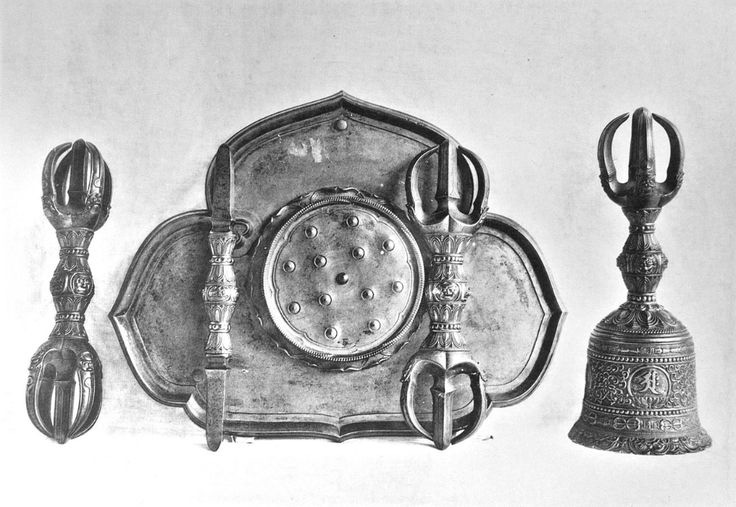
Another significant story about the vajra is found in the Puranas. In this tale, the sage Dadhichi voluntarily offered his bones so that the gods could craft vajras from them. According to the story, Vritra, lord of the asuras, received a boon that made him immune to any known weapon. In their desperation, the gods sought Dadhichi’s help, and he sacrificed his life to save the world. Thus, the vajra became a symbol of ultimate self-sacrifice and compassion, playing a vital role in maintaining cosmic order.
Buddhism and Vajrayana
In Buddhism, the vajra took on a new and deeper meaning. It became the central symbol of Vajrayana, or the "Diamond Path" of Buddhism, representing the highest form of enlightenment and spiritual power. In this context, the vajra symbolizes indestructibility and ultimate truth. In Tantric Buddhism, the vajra signifies emptiness (shunyata) and enlightened awareness, which underlie all phenomena.
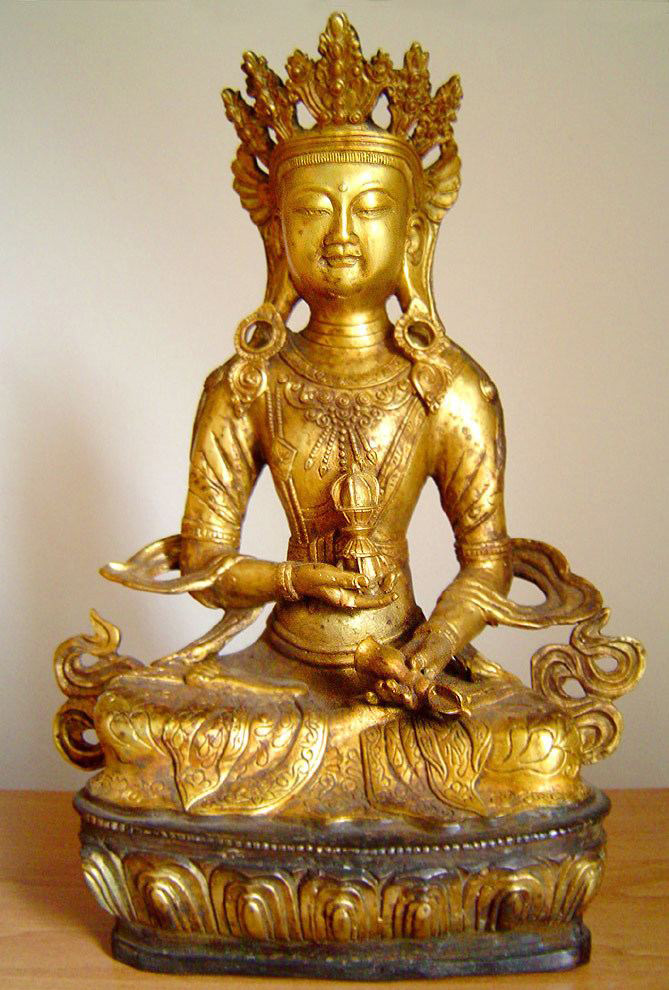
In Vajrayana teachings, the vajra has a dual nature: it represents both hardness and indestructibility, as well as purity and perfection. The vajra frequently appears in Buddhist iconography and rituals, especially in the creation of mandalas and meditation practices. The use of the vajra and the ghanta (bell) together during rituals symbolizes the union of wisdom and methods, essential for attaining enlightenment.
Meaning and Symbolism of the Vajra
Diamond and Thunderbolt Symbolism
The symbolism of the vajra is deep and multifaceted, based on two key elements: the diamond and the thunderbolt. The diamond, the hardest known substance, cannot be harmed by anything, representing indestructibility and spiritual perfection. The diamond’s clarity and brightness symbolize enlightened awareness, free from the bonds of ignorance and suffering.
The thunderbolt symbolizes sudden, penetrating power that dispels the darkness of ignorance and illusion. As a thunderbolt, the vajra represents the swift manifestation of spiritual power and enlightenment, which instantly liberates the practitioner from suffering. The dual meaning of the vajra highlights the close connection between indestructibility and enlightenment, leading to the realization of ultimate truth.
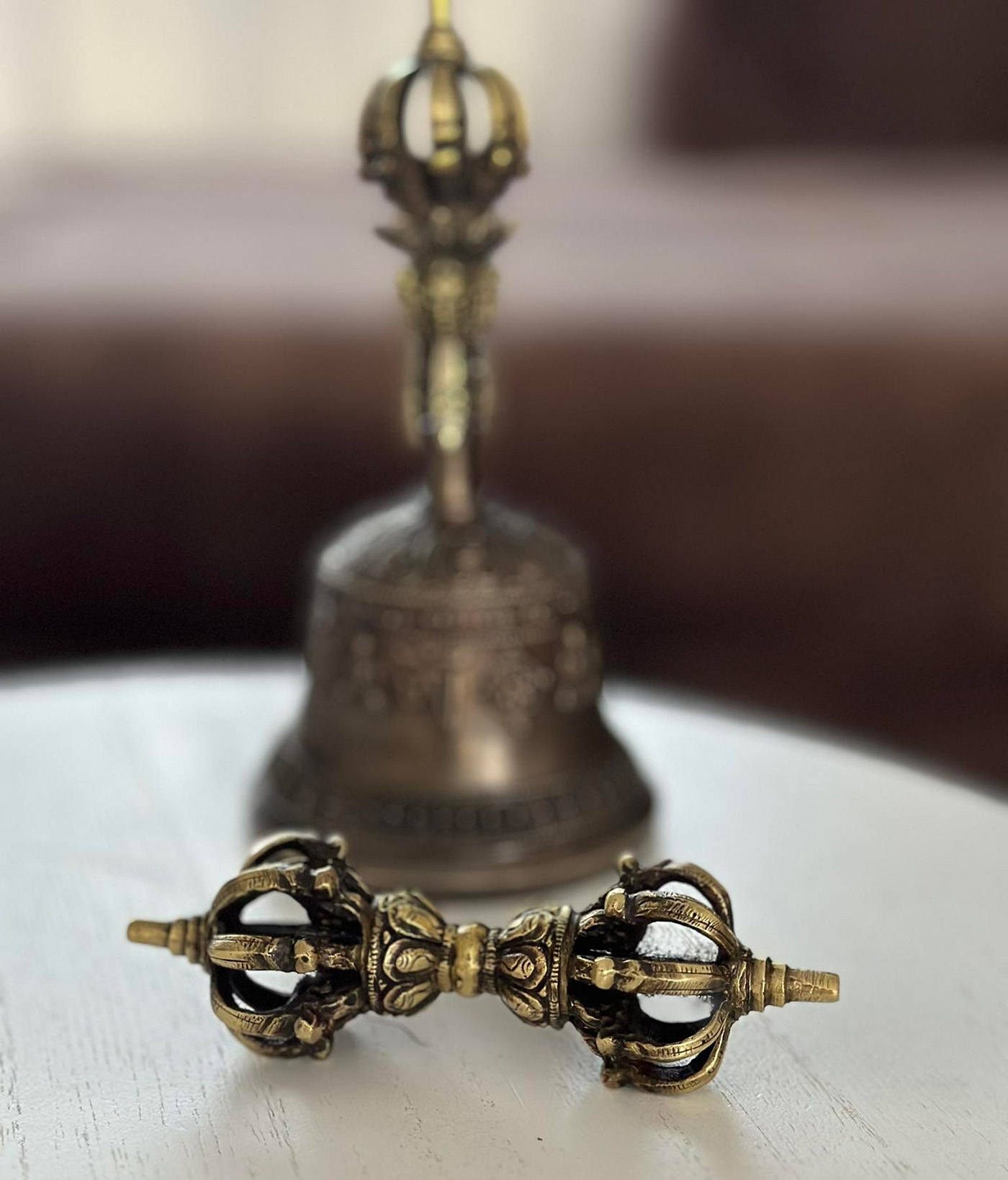
The Vajra and Buddhist Teachings
In Buddhist teachings, the vajra symbolizes both emptiness (shunyata) and wisdom (prajna). The concept of emptiness in Buddhism does not refer to nothingness but to the understanding of the essential nature of things. All phenomena are transient and empty of inherent, independent existence. The central sphere of the vajra represents emptiness, while the lotus flowers at both ends symbolize samsara and nirvana, or worldly and enlightened consciousness.
The vajra's symbolism reflects how enlightened awareness penetrates the illusions of ordinary reality and realizes the true nature of things. The vajra often appears in Buddhist rituals, where lamas and practitioners use it to dispel negative energies and achieve enlightenment.
Physical Appearance of the Vajra
The physical form of the vajra carries rich symbolism. Typically, it is a rod-shaped object with ridged ends and a central sphere, often featuring makara heads at both ends. These mythological creatures, half-fish and half-crocodile, represent the balance of opposites and transition. Vajras can have three, five, or nine prongs, each carrying different symbolic meanings.
The five-pronged vajra, for example, symbolizes the five wisdom Buddhas, representing different aspects of enlightenment. Each wisdom Buddha transforms a particular emotional poison into wisdom, making the vajra a tool for transformation and enlightenment. The nine-pronged vajra symbolizes the nine vehicles of Tantric Buddhism, representing different stages of spiritual development.
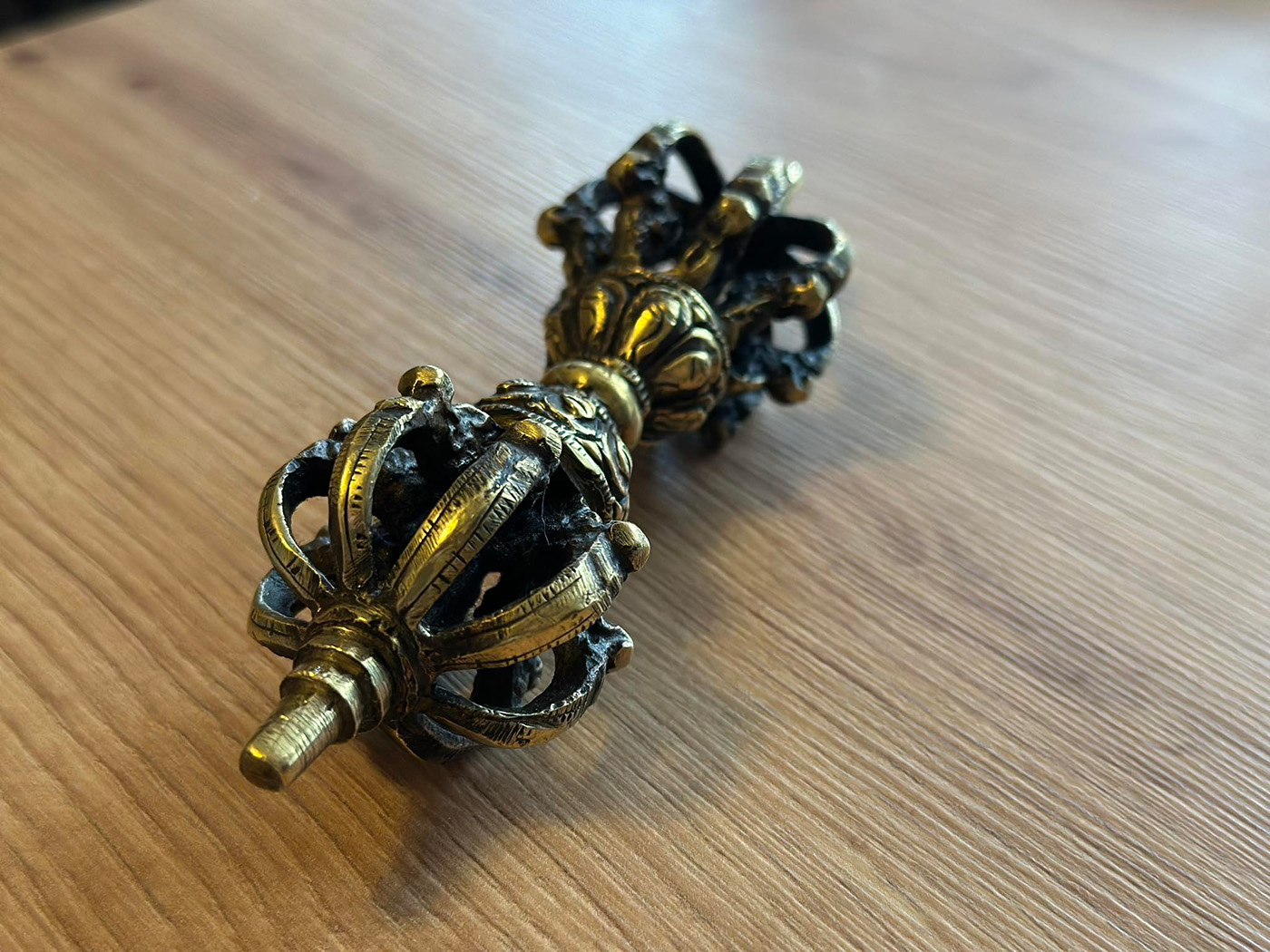
The Use and Significance of the Vajra in Practice
Ritual and Meditative Tools
The vajra is an essential tool in Buddhist rituals and meditative practices. Lamas and other practitioners use the vajra and the bell (ghanta) together, symbolizing wisdom and compassion. The vajra, as a masculine symbol, represents skillful means and activity, while the bell, as a feminine symbol, represents wisdom and passivity. Together, their use in rituals signifies the union of spiritual forces necessary for achieving enlightenment.
The Vajra and the Ghanta (Bell)
The combined use of the vajra and ghanta in Tantric Buddhist rituals holds deep symbolic significance. The vajra represents worldly and transcendental forces, while the bell symbolizes wisdom and awareness. Together, these tools create balance and harmony, representing the enlightened state of mind. During rituals, the vajra symbolizes male energy, and the bell represents female energy, with their union symbolizing spiritual wholeness.
The combined use of the vajra and the bell also symbolizes the unification of skillful means (upaya) and wisdom (prajna), a fundamental aspect of Buddhist practice. According to Tantric Buddhism, this unification is necessary to attain enlightenment. The vajra and ghanta form the foundation of Tantric rituals, where practitioners use mantras and visualizations to transform inner energies.
Special Forms and Applications of the Vajra
Historical and Mythical Applications
The vajra played a significant role in both historical and mythological contexts across various cultures. Among Indo-Aryan peoples, for example, the vajra appears as the weapon of Indra and other gods. In Hittite and Hurrian mythology, the triple thunderbolt of Tesub is often depicted as a vajra-like weapon. In Germanic mythology, Thor’s hammer, Mjolnir, serves a similar role as a symbol of lightning and thunder.
Special forms of the vajra include double vajras, which appear as four-pronged crosses and are used in Buddhist mandalas to symbolize the four cardinal directions of the world. This form of the vajra represents the stability and order of the universe, as well as the four fundamental aspects of the path to enlightenment: method, wisdom, bliss, and emptiness. Double vajras are often found at the center of mandalas, symbolizing the perfection of enlightenment.
The various forms and applications of the vajra carry different symbolic meanings and are used in diverse ways in Buddhist teachings and rituals. For instance, the three-pronged vajra symbolizes the transformation of the three poisons (desire, aversion, ignorance), while the nine-pronged vajra represents the nine vehicles of Buddhism, symbolizing different stages of spiritual development.
Modern Times and Symbolic Meaning
In modern times, the vajra remains not only a religious symbol but also holds artistic and cultural significance. In Nepal, for instance, the massive vajra statue at the entrance to the Swayambhunath stupa has become part of the region's religious and cultural heritage. The vajra continues to be revered as a symbol of enlightenment, indestructibility, and spiritual power.
Today, the vajra continues to play a vital role in Tibetan Buddhist rituals and practices. Lamas and practitioners use vajras in rituals and meditations to achieve enlightenment and protect themselves from negative energies. The vajra symbol remains prominent in Tibetan culture, frequently appearing in sculptures, paintings, and other works of art.
Conclusion
The vajra is a profoundly rich and meaningful symbol, deeply woven into the religious and spiritual traditions of Hinduism, Buddhism, and other Asian cultures. As a symbol of the diamond and thunderbolt, the vajra represents the highest spiritual power and indestructible consciousness. Its use in Buddhist practices is not just symbolic but also serves a practical function in meditation and the attainment of enlightenment. Studying and understanding the vajra provides deeper insight into Buddhist teachings and the mysteries of the spiritual path.
The symbolism of the vajra remains relevant in the modern world as a representation of the strength of the human spirit and the attainment of inner peace. The vajra symbolizes inner strength and spiritual awareness, helping to overcome the challenges of everyday life and achieve deeper understanding and wisdom. As a symbol, the vajra reminds us that the path to enlightenment is accessible to all, and that everyone can experience the state of awareness and peace.
We hope this article has provided a detailed insight into the symbolism and significance of the vajra, as well as its role in Buddhist practices. The vajra is a timeless symbol that continues to inspire and guide those seeking the path to enlightenment.










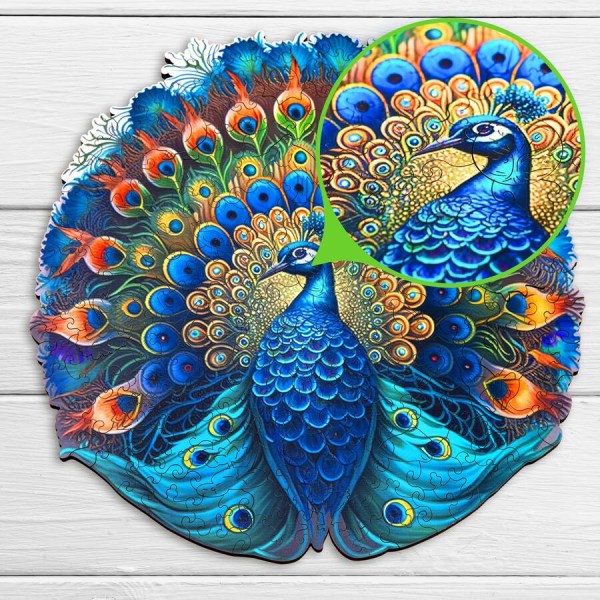





_600x600.jpg)



